Over the years, natural hair styles and trends have varied from media influences and political climates. The care and styling of natural Black hair has become an enormous industry in the United States. Numerous salons and beauty supply stores cater solely to clients with natural kinky hair.
The Afro is a large, often spherical growth of kinky hair that became popular during the Black Power movement. The Afro has a number of variants including afro puffs (a cross between an Afro and pigtails) and a variant in which the Afro is treated with a blow dryer to become a flowing mane. The hi-top fade was common among African-American men and boys in the 1980s and has since been replaced in popularity by the 360 waves and the Caesar haircut.
Other styles include plaits or braids, the two-strand twist, and basic twists, all of which can form into manicured dreadlocks if the hair is allowed to knit together in the style-pattern. Basic twists include finger-coils and comb-coil twists. Dreadlocks, also called dreads, locks or locs, can also be formed by allowing the hairs to weave together on their own from an Afro. Another option is the trademarked “Sisterlocks” method, which produces what could be called very neat micro-dreadlocks. Faux locs, a type of synthetic dreadlock which is obtained using extensions, are another style.
Manicure locks—alternatively called salon locks or fashion locks—have numerous styling options that include strategic parting, sectioning and patterning of the dreads. Popular dreadlocked styles include cornrows, the braid-out style or “lock crinkles”, the basket weave and pipe-cleaner curls. Others include a variety of dreaded mohawks or lock-hawks, a variety of braided buns, and combinations of basic style elements.Natural hair can also be styled into “Bantu knots”, which involves sectioning the hair with square or triangular parts and fastening it into tight buns or knots on the head. Bantu knots can be made from either loose natural hair or dreadlocks. When braided flat against the scalp, natural hair can be worn as basic cornrows or form a countless variety of artistic patterns.
Other styles include the “natural” (also known as a “mini-fro” or “teenie weenie Afro”) and “microcoils” for close-cropped hair, the twist-out and braid-out (in which hair is trained in twists or braids before being unravelled), “Brotherlocks” and “Sisterlocks”, the fade, twists (Havana, Senegalese, crochet), faux locs, braids (Ghana, box, crochet, cornrows), Bantu knots, bubbles (where hair elastics are used to hold the hair and create bubbles), custom wigs and weaves or any combination of styles such as cornrows and Afro-puffs.
A majority of Black hairstyles involve parting the natural hair into individual sections before styling. Research shows that excessive braiding, tight cornrows, relaxing, and vigorous dry-combing of kinky hair can be harmful to the hair and scalp. They have also been known to cause ailments such as alopecia, excessive dry scalp, and bruises on the scalp.
Photo Credit: Shutterstock

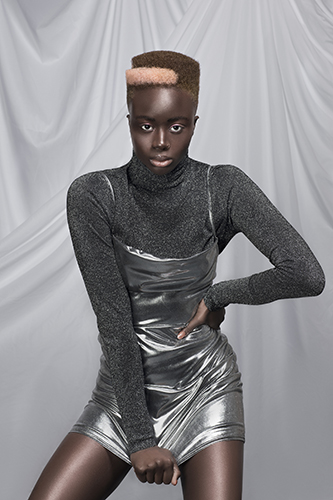

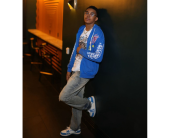
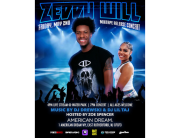
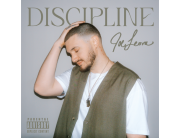
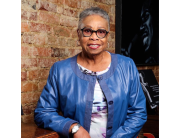
Add Comment